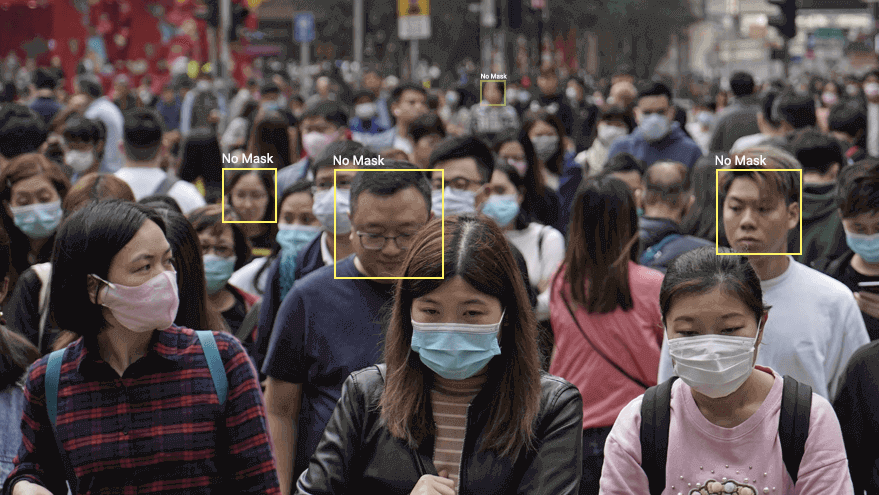Data Science is the most promising field in 2020. As per the report of social media site, LinkedIn, data scientist is the most promising job in 2020, based on data about salaries, number of job openings, and year-over-year growth.
Global search for data scientist is not the one who has bachelor degree in Computer Science or Software Engineering or Information Systems. Firms are searching for well-rounded individuals who possess the some subject matter expertise, experience in software programming and analytics, and exceptional communication skills. But, there is huge shortage of people with deep analytical skills to handle Big Data.
Many open and social platforms like Quora, Yahoo Answers, Google, Reddit are being filled with questions related to Data Science and Artificial Intelligence like:
- How to become a data scientist?
- What are prerequisites?
- What are the skills required to become proficient data scientist?
- I am holding science degree. Can I learn Data Science and become a data scientist?
- I am weak in statistics, could I digest concepts and become successful?
- etc.
So, decided to write an article to clear out few important doubts of buddies who are looking for career shift to Data Science in clear and straightforward way.
I suggest an individual to follow up and fulfill the following steps in order to become a proficient Data Scientist.
1. Get all Prerequisites:
If you are a fresher or a professional who has got interest in data science because of industry demand or love for data, the data science field demands the following prerequisites:
- Bachelor Degree: Must be holding a bachelor degree.
- Mathematics and Statistics: Know on basic mathematics and statistical methods is necessary.
- Programming: Basic programming knowledge like Object Oriented Programming (OOP) concepts. You no need to be hard coder. Knowledge in C, C++, and Java is preferred.
- Structure Query Language (SQL): The primary role of data scientist is analyzing data, which can be possible by writing SQL-queries to fetch and manipulate required data.
2. Programming:
As per IEEE CS spectrum, Python is the #1 language in 2020 and very popular for doing Data Science and Artificial Intelligence. The language is mainly popular because of nature of easy to learn, dynamic, web development, automation, and scientific computing. There is also a need of languages such as R, Java, and Scala.
3. Statistics:
A proficient data scientist must be able to understand what the data is telling you, and to do that, you must have solid skills on descriptive and inferential statistics.
4. Machine Learning:
Machine learning is the core concept of data science. Without knowledge of it, one can't even become a Data Analyst. It uses algorithms to analyse input data and predict an output within an acceptable range. The learning is either supervised, unsupervised or reinforcement.
5. Data Visualization:
Exploratory Data Analysis (EDA) is a key step data analysis process and performed in order to define and refine the selection of important features that will be used in building machine learning model. Once a data scientist become familiar with the data set, he/she often has to return to feature engineering step, since the initial features selected may serve intended purpose. Once the EDA stage is complete, data scientist get a firm feature set they need for machine learning. The data visualization tools and methods help data scientist communicate what statistics show and what data reveals in an attractive and effective way.
6. Big Data Tools and Technology:
Data Scientists are expected to have deeper understanding of big data technologies to make use of big data. Hadoop and Spark are two technologies that are most widely used. Hands-on experience on Big Data Ecosystem definitely essential as future is all about Big Data. This includes Apache Hive, HBase, Storm, Cassandra, MangoDB, Kafka, HPCC, CouchDB, Statwing, Flink etc.
7. Domain Expertise:
Domain Expertise is a key component of data science because it provides the context for all data science endeavors. Without an understanding of how businesses - and, more specifically domain-function, the data scientist would not know how to generate key insights, process the data.
8. Engage in Hackathons:
The best way to learn Data Science is by doing it. After getting all above skills, it's very crucial to prove individual's skills through open platforms such as Kaggle, HackerEarth, HackerRank and other ongoing competitions by giving real-time solutions to modern complex problems.
9. Build Portfolio:
Industries are looking at the individual's portfolio in GitHub, LinkedIn and other social and open platforms. So, maintaining a portfolio with all projects done is very important to attract or draw attention of recruiters. Updated Resume/CV based on role and type of job helps in getting job as quickly as possible.
Conclusion:
Data Scientist's process includes: identifying the challenge; determining, collecting and cleaning data sets; building models; analyzing the data to identify patterns; and communicating the findings through visualizations to the client or end user.






